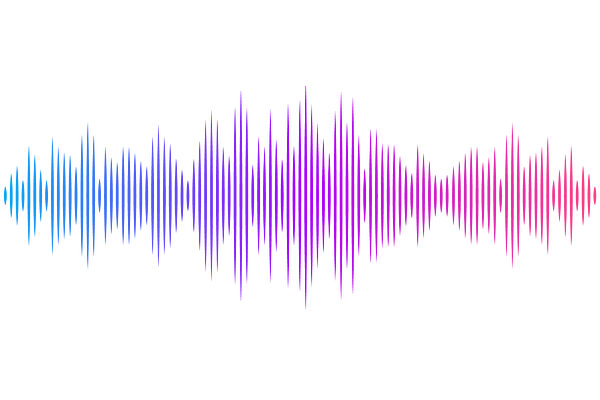In situ Structure of the Human Gap Junction

In situ Structure of the Human Gap Junction
Eshriew, E.; Kumpula, E.-P.; Sah-Teli, S. K.; Abettan, A.; Djurabekova, A.; Sharma, V.; Huiskonen, J. T.
AbstractGap junction plaques, comprising connexin channels arranged in organized lattices, are essential for direct intercellular communication through the exchange of ions and small molecules. Previous studies have extensively characterized the structures of detergent-solubilized, purified connexin channels, leading to models of channel gating. However, these structures lack the physiological context of the native assembly and omit key intracellular regions, including the C-terminal domain. As a result, the molecular mechanisms underlying gap junction plaque assembly in cells remain poorly understood. Here, we establish human embryonic kidney cells as a model system to study gap junction architecture in situ. Using cryogenic electron tomography and focused ion beam milling, we resolve the structure of human connexin-43 gap junction plaques at 14 A resolution. Our results reveal a previously unrecognized structural role for the C-terminal domain in mediating lateral channel-channel interactions essential for plaque formation. Complementary coarse grained molecular dynamics simulations illuminate how lipids pack between adjacent connexin molecules contributing to the plaque organization and stability. By uncovering structural features absent from isolated channel studies, our integrative approach provides fundamental insight into the molecular architecture of gap junction plaques and establishes a structural framework for future investigations into their roles in health and disease.